How Long Do Praying Mantis Live? Praying Mantis Lifespan
Praying mantises are super cool pet insects, but how long can you expect to keep one? From experience and research, we’ve got some answers.
On average, praying mantis live 12.6 months in captivity. One of the longest living species is the Giant Asian Praying Mantis which can live up to 24 months. The shortest living species is the bolbe pygmaea from Australia, which lives only 3-4 months. Praying Mantis lifespans can be maximized by maintaining proper temperature and humidity levels.
How Long Does A Praying Mantis Live?
Praying Mantises are insect pets. That alone typically means that don’t live as long as mammals.
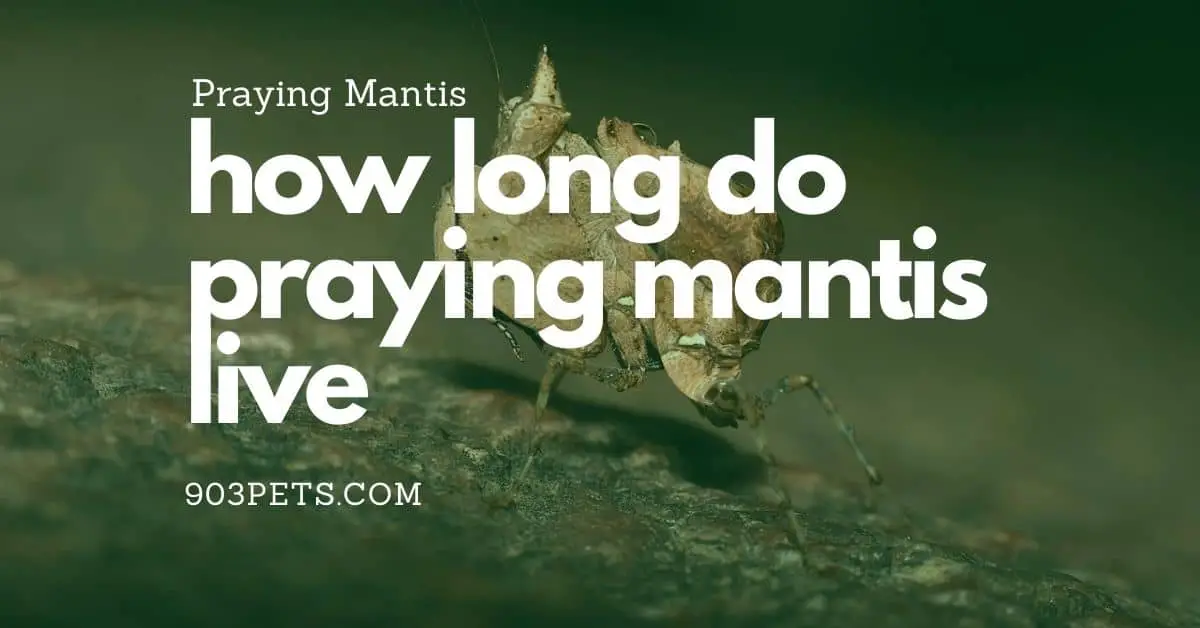
In the wild, praying mantises live for a single season. Depending on where you live that may only be 4-6 months while other locations may have an insect season that is closer to 12 months. In general, praying mantises live an average of 7.2 months in the wild.
However, as pets, praying mantis can live longer. On average, a captive praying mantis will live about 12.6 months. Larger mantises tend to live longer than small species.
A study published in the Journal of Entomology and Zoology Studies followed a group of European Mantises (Mantis religiosa), one of the largest species of mantis.
In the study, female mantis lived 124-180 days, outdoing their male counterparts who only lived 89-150 days.
Another study reported female lifespan of 165-196 days and males 110-176.
NOTE: Many internet articles reported incorrect numbers to you, the reader. We’ve fact checked and provided reference to the studies at the end of the article.
Praying Mantis Lifecycle (Stages Of Growth)
Egg
The first stage in a praying mantis’ life is the egg. More specifically the ootheca which is a fancy name for the egg case. Depending on the species of praying mantis, the ootheca may contain 100-400 eggs.
Interestingly, not oothecas will hatch because not all female mantids will mate but still create oothecas.
The praying mantis eggs will hatch after about 10 weeks when the environmental conditions are correct for your species of mantis. In some cases, this means the ootheca needs to experience a “winter” environment for 8 weeks before coming back to a warm environment for hatching.
Nymph
The praying mantis nymph stage lasts from hatching out of the egg until it becomes a sub-adult (adolescent) at the 7th instar, also known as L-7.
Instar or the “L” number refers to the stage of development which is tied to the molting process. The 1st instar, L1, is reached when the praying mantis hatches from the egg. The 2nd instar, L2, is achieved when the praying mantis experiences its first molt. Each successive molt raises the instar or L-level.
Adolescent (Sub-Adult)
In general, praying mantises reach the sub-adult stage at the 7th instar or L-7 stage. That means the praying mantis has shed their exoskeleton a total of 6 times. For many mantis species, this may be around the 120-day mark since hatching, however, each species and environment may be more or fewer days to reach this stage.
Typically this is the last stage before a praying mantis gets its wings, unless it a the small subset of mantises that do not get wings at all.
Adult
As a whole, praying mantises become adults at the 8th instar, or L-8, meaning they have molted 7 times. At this stage, many mantis species will receive wings for the first and only time. This is how you can tell if a praying mantis is an adult.
KeepingInsects.com has an excellent visual of a Ghost Mantis from L2 – L8.
| Praying Mantis Life Stage | Mantis Stage in Days (Min.) | Mantis Stage in Days (Max.) |
|---|---|---|
| Ootheca (Egg) | 17 | 20 |
| 1st Instar | 6 | 8 |
| 2nd Instar | 7 | 8 |
| 3rd Instar | 7 | 10 |
| 4th Instar | 8 | 12 |
| 5th Instar | 12 | 14 |
| 6th Instar | 14 | 18 |
| Adult Male | 35 | 60 |
| Adult Female | 70 | 90 |
| Male Total Lifespan | 106 | 150 |
| Female Total Lifespan | 141 | 180 |
Which Praying Mantis Lives The Longest?
On average, the larger the praying mantis species, the longer their potential lifespan. This indicates that the longest living praying mantis species are the Giant Asian Mantis, Chinese Mantis, Devil’s Flower Mantis, Wandering Violin Mantis, and the Giant Rain Forest (Australian) Mantis that can live up to 24 months in captivity.
LEARN MORE: What Do I Need to Know About Flower Mantis?
Tips For Longest Lifespan For Your Praying Mantis
Once you start keeping praying mantises as pets, you’ll get attached. And because of that, you want to know everything you can do to keep your mantis pet as long as possible.
Here are a few tips to maximize the life of a praying mantis pet.
Species
Not all praying mantis species have the same lifespan.
As a general rule, larger praying mantis species live longer than smaller species. The smallest Bolbe pygmea may only live a matter of weeks while the larger Chinese Mantis, Tenodera sinensis, is reported to live up to 24 months in captivity.
We have a complete praying mantis size chart that may help when determining the species you want to own.
Orchid Mantis Lifespan
The Orchid Mantis is a type of praying mantis that is pink or white in color and has fringed legs that resemble the petals of an orchid flower. These mantises are found in tropical Asia and are known for their camouflage and their ability to mimic the appearance of flowers. The Orchid Mantis is a carnivorous insect that feeds on small insects and spiders.
The lifespan of the Orchid Mantis averages 5-9 months but varies based on the sex of the mantis. Males mature more rapidly than females, therefore males typically live 5-6 months while females live longer around 7-9 months.
https://academic.oup.com/beheco/article/26/1/194/2262570?login=true
Environmental Controls
As a whole, environmental controls are a key to maximizing the lifespan of a pet praying mantis. The two most important environmental levels are temperature and humidity. Humidity levels vary by species between 30%-80%. Temperature levels range from 62.6F-104F.
Each species has its own unique environmental needs. It is critical that you maintain the praying mantis enclosure environment to meet the ideal range for your species.
Any environment outside the species ideal ranges may reduce the lifespan of a praying mantis. Many time this may come in the form of improper molting.
If you want to use the tank we use for our larger praying mantises here’s a link (affiliate link). It’s not inexpensive but works great. A smaller, more budget friendly option we’ve also used but just remember the enclosure must be at least 3 times as tall as your mantis is long.
Nutrition
The average adult praying mantis will eat less frequently than smaller nymphs. Nymphs may eat 5-6 feeder insects daily while adult mantis may eat 2-3 feeder insects every 2-3 days.
Having the right nutrition will help maximize the lifespan of your pet praying mantis. Be sure you have feeder insects ordered before you finish the current supply so that you never find yourself without any for any period of time.
Alternatively, you can raise your own feeder insects, including fruit flies in your own DIY fruit fly culture.
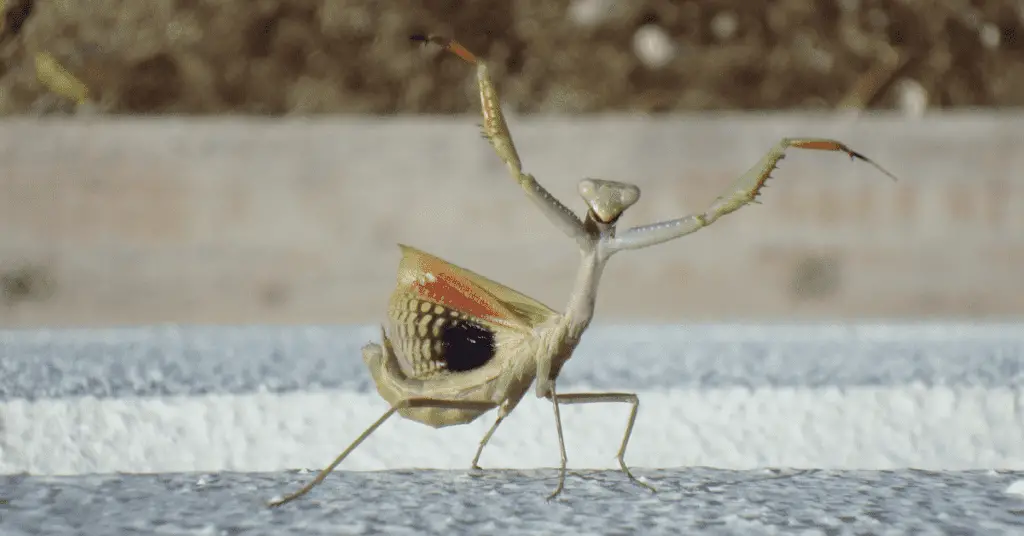
How to tell how old a mantis is? (Aging A Mantis)
In general, a praying mantis with wings is an adult. Praying Mantises grow with age after each molt, however, the size of a mantis does not indicate its age. Species vary in their total size from less than half an inch to upwards of 5 inches as adults.
So, size is not a way to tell how old a praying mantis is. Most, but not all, praying mantis species get wings during their final molt giving a visual indicator of adulthood.
Alternatively, you can keep track of the number of times a mantis molts. After their 6-7th molt, most species will have become adults.
References
- [1] Ga, Raut and Gaikwad Sm. “Observations on the Life cycle, Mating and Cannibalism of Mantis religiosa religiosa Linnaeus, 1758 (Insecta: Mantodea: Mantidae).” Journal of entomology and zoology studies 4 (2016): 478-482.
- [2] Hideg JI. The population cycle of Mantis religiosa in outdoor and in laboratory condition. Buletin de Informare Societatea Lepidopterologica Romana. 1995; 6(1-2):97-103
- Roeder, K. D. Raising the praying mantis for experimental purposes. Science 1936
If you think your pet is ill, call a vet immediately. All health-related questions should be referred to your veterinarian. They can examine your pet, understand its health history, and make well informed recommendations for your pet.
903pets.com Staff

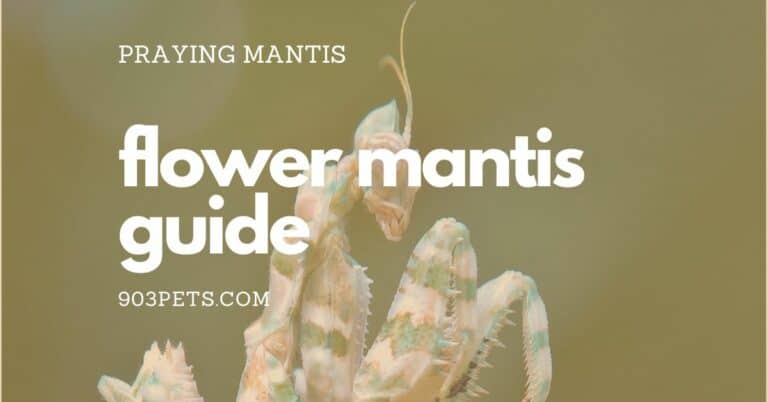

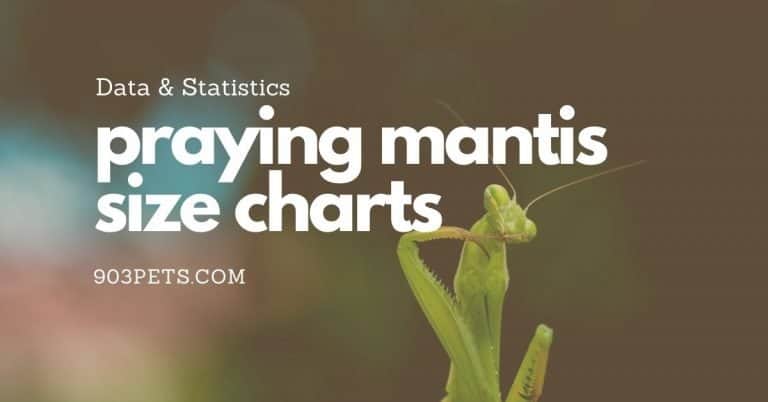
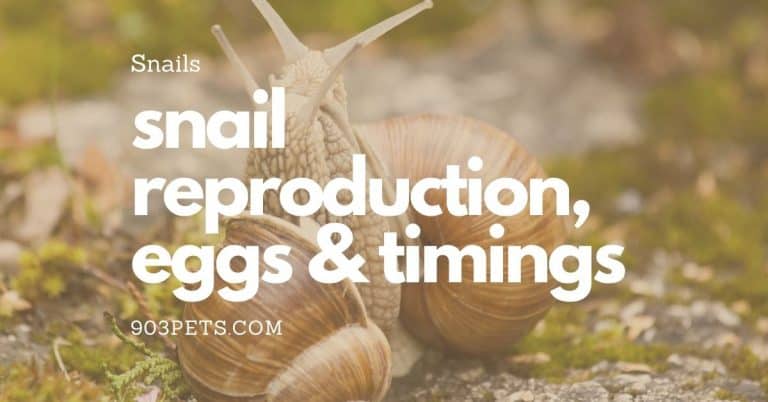
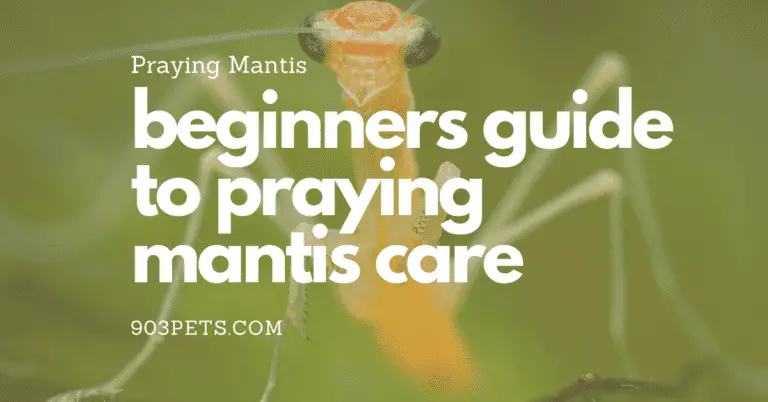
![Do Praying Mantis Make Good Pets? [Pros & Cons] 13 Do Praying Mantis Make Good Pets? [Pros & Cons]](https://cdn-0.903pets.com/ifywhoft/2021/04/Do-Praying-Mantis-Make-Good-Pets-768x402.jpg)